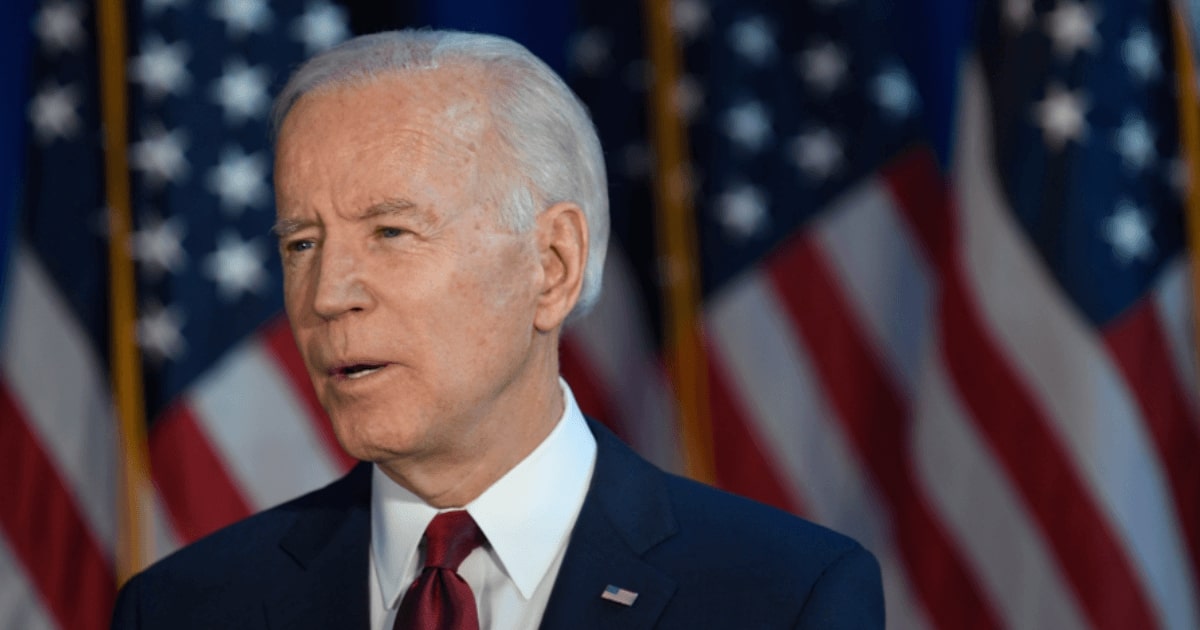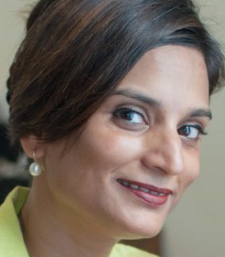COVID and Mr. Modi’s Beard
Beards can be acts of masculine messaging. Narendra Modi is using his beard for identity politics.
April 27, 2021

India’s ongoing COVID-19 tsunami has turned the country into a global hotspot. The horrific scale of the pandemic’s latest outbreak in the world’s largest democracy has come as a shock to audiences around the world. Until recently, India had appeared to have weathered the pandemic better than many other countries.
The Prime Minister’s surprising new look
That the medical infrastructure in India is failing to cope is no surprise. The hospital systems of far richer countries have also come up short in the face of the virus.
A greater surprise for audiences who haven’t seen recent images of India’s Prime Minister, Narendra Modi, has been his transformed physical appearance.
In the year since the pandemic began, Mr. Modi has gone from sporting a manicured bonsai of a beard to a flowing, weeping willow of one.
It is a visual transformation that is so startling as to have given rise to a cottage industry in India, devoted to the analysis of its symbolism.
Jibes at Modi’s beardsmanship
Modi’s beard has also been at the receiving end of jibes from Indian opposition leaders and critics.
For example, Mamta Banerjee, the chief minister of West Bengal, who is contesting elections against Mr Modi’s political party, mocked the Prime Minister, saying his growing beard was inversely proportional to the state of the economy in the country.
“The Indian economy has gone for a toss. There is no industrial growth. There is no growth, except for the beard of Narendra Modi,” she said.
Beards as masculine messaging
A full-grown beard makes claims on behalf of its bearer of virility, masculinity, strength and abundance.
And Mr. Modi, has long projected himself as a strongman, making his long beard just the right cocktail of attributes to signal.
Option 1: No barber available?
A straightforward reading of the length of his beard would attribute it simply to the circumstances of the pandemic. For many around the world, longer hair (on the face and scalp) has resulted from delayed trips to the barber.
But, given that India has not been under lockdown since last summer, this is an unlikely explanation.
Option 2: Too busy dealing with national crisis?
A beard can also be an acknowledgement of the national crisis. A reminder that the leader of the country is too busy handling various challenges to get a trim.
Although if you look carefully, Mr. Modi’s bush has been pruned more than it might at first appear. It is the male, Prime Ministerial equivalent of the no-makeup makeup look.
Option 3: Beards and identity politics, Indian style
I think the likeliest explanation is that the beard is a corporeal extension of Mr. Modi’s political project: the increasingly strong identification of the erstwhile secular state with religion, or Hinduism more specifically.
In Hindu culture, a long white beard is strongly associated with the philosopher-sage or sadhu. This is someone who blends wisdom, asceticism and dharmic (religious) duty.
Modi projects himself into the saintly dimension
The beard goes some way in elevating Mr. Modi from a mere political leader who serves at the whim of the electorate, to a philosopher-king whose duty is to guide the nation along the path of righteousness.
The resonance of Mr. Modi’s beard with classical Hindu culture might not be immediately clear to foreign audiences. Just as the notion of his political project itself remains fuzzy abroad.
From afar, many persist in viewing the Indian Prime Minister with admiration, although it is not always clear what the admiration is centered on.
Modi vs. India´s pluralism
Since coming to power in 2014, Mr. Modi has proved himself a majoritarian, to the detriment of India’s many minorities.
The Prime Minister’s brand of nationalistic Hinduism, known as Hindutva, negates the pluralism that is foundational to India and that is arguably foundational to Hinduism itself.
Hinduism is polytheistic. Historically it has been capacious enough to allow for many strands of thought to coexist, some of which disagree with each other on important points of metaphysics.
This cultural context goes someway in explaining India’s post-colonial embrace of democracy and freedom of speech.
Hindutva and the Indian constitution
The Hindutva version of Hinduism interprets the religion as a much more rigid, rule-bound and narrowly-defined identity. One that mirrors monotheistic religions with their book-based strictures.
Hindutva’s political values, to which Mr. Modi subscribes, are in fact at marked variance with the secular, liberal values enshrined in the Indian constitution.
COVID bungling
The harm wrought by the rise of anti-minority sentiments under his BJP government is now compounded by major policy bungling on the COVID front.
For example, just prior to, and even during, the ongoing second wave of the virus, mass gatherings at Hindu festivals and state election rallies were held without any censure from Mr. Modi.
More than 4.8 million (mostly unmasked) devotees thronged the city of Haridwar for the Kumbh Mela festival, between April 1 when it started and April 17, when it was finally called off.
Conclusion
The upshot is that beard notwithstanding, the idea of Mr. Modi as sage-like-savior of the Indian nation is increasingly untenable. He may as well shave it.
Takeaways
Modi's visual transformation is so startling, it has given rise to a cottage industry in India devoted to the analysis of its symbolism.
Modi’s flowing beard elevates him from mere politician status to philosopher-king status.
Modi has long projected himself as a strongman, making his long beard just the right cocktail of attributes to signal.
There have been several jibes at Modi’s beard. For instance, his growing beard was inversely proportional to the state of India's economy.
The idea of Modi as sage-like-savior of the Indian nation is increasingly untenable. He may as well shave it.
Read previous

Global Politics
Biden: Appeasing Putin?
April 24, 2021
